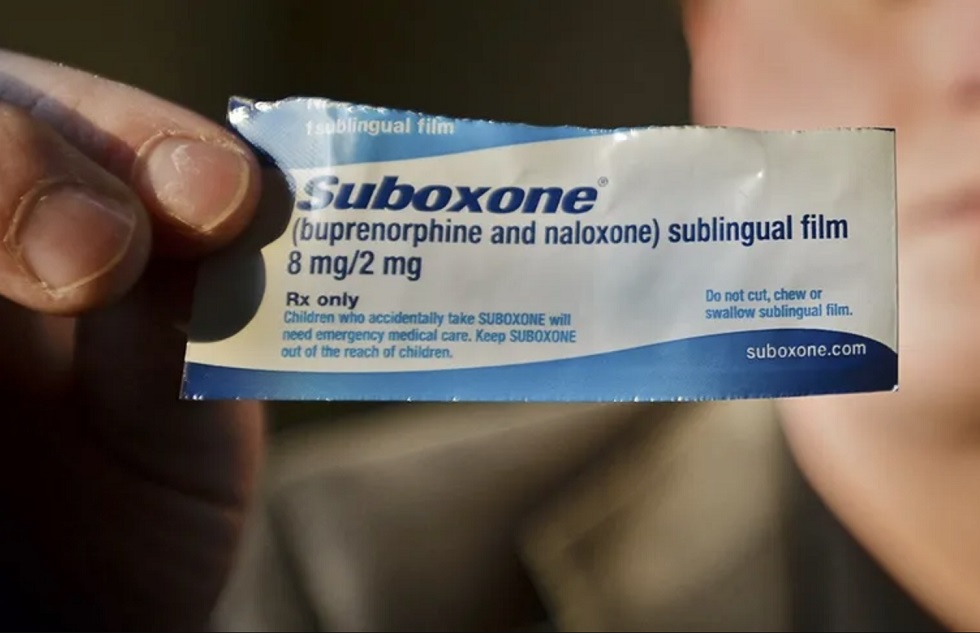Negligence is the basis for all personal injury claims. To have a successful claim for compensation, the Plaintiff or injured party must show that the other person’s actions were the direct cause of their accident and that those actions were not the common actions of other people in the same situation.
Negligence is defined by the State of Florida as “An action taken by a person that any other reasonable person under the same situation would not take.” Even though this sounds very simple to prove, in many cases, it can make proving negligence very complicated. Because of these complications, the court systems have also introduced the legal term of negligence per se.
What Is Negligence Per Se?
The official negligence per se definition is “A person can be found negligent of their actions if those actions violated a public safety statute.”
This means if the actions taken by the person that resulted in the accident and injury were against the law, the court would automatically assume that they were negligent in their actions.
Negligence Per Se Examples
One of the easiest examples of negligence per se Florida is driving under the influence. If you are driving under the influence of alcohol or drugs, you are violating a law. If you cause an accident or injury while you are operating that vehicle under the influences, your actions would be considered negligence per se because they are in direct violation of a driving law.
Another example would be a person who knowingly allows their dog to get loose when they know that the dog is aggressive or has had a history of biting people or attacking other animals.
Negligence vs Negligence Per Se
You may be asking yourself why these two types of negligence are considered different. It is always assumed that someone who causes an accident or injury violates the law.
That is an incorrect assumption. Many accidents or injuries happen that are not in violation of a law. These accidents occur for many reasons, like poor decision-making or lack of concern. There are no laws, however, that were broken when these accidents occurred. That is why there is a distinguishable difference between these two types of negligence.
To help you further distinguish the type of negligence involved in your case, you have to take the negligence per se vs negligence one step further and look at how each is addressed in court.
4 Points To Establishing Negligence
1. Duty of Care.
You must show that one person had an obligation to another person to act in a way that would cause no harm. An example would be a doctor’s visit. You go to a doctor to receive care for your condition. When that doctor accepts you as a patient, there is a duty of care established.
2. Breach of Duty
A breach of that duty must have occurred. Regarding medical care, that could be anything from misdiagnosis to surgical errors. The attorney would have to show that any other doctor of the same expertise, education, and experience would have handled the situation differently and that there would have been a different outcome.
3. The Breach Caused An Injury
The result of the breach caused the person to be harmed. In the example of a medical care provider, this may mean that the condition worsened because of misdiagnosis or there was physical harm because of an error.
4. The Injury Led to Financial Losses
This is perhaps the easiest thing to prove. If an injury occurred, there would be medical bills, lost income, and other financial losses associated with that injury.
4 Points To Establishing Negligence Pro Se
1. The Defendant Violated a Law
Like the sample used above, a person driving under the influence is in violation of traffic laws.
2. The Plaintiff was a Person that the Law was Meant to Protect
With traffic laws, this is very easy to establish. If the Plaintiff or injured party was legally operating their vehicle on the roads, the law against driving under the influence was established to protect them from other intoxicated drivers.
3. The Injuries Sustained by Plaintiff are those that Would Have Been Prevented if the Law Was Obeyed
Using a traffic violation as an example, any injury Plaintiff received as a violation of those traffic laws would qualify under this criteria.
4. The Violations by Defendant Caused the Plaintiff Financial Losses
Again, this is the easiest thing to prove. If there were an accident and an injury, there would be financial losses, possibly including things like medical bills, car repairs, lost income, emotional distress, pain and suffering damages (those last two are more difficult to prove), and more.
Florida personal injury attorneys
If you have any questions about the difference between Negligence and Negligence Per Se, you should speak with a personal injury attorney at Landau Law. They will tell you based on the facts of your case which form of negligence they will claim in their lawsuit against the responsible party.
Florida Personal Injury Lawyer
Personal Injury Blog Posts

Navigating Safety: The Rise of E-Bike Accidents in Florida
Steering Through the Risks: Your Comprehensive Guide to E-Bike Safety and Legal Rights in The Sunshine State As Florida's streets and trails become increasingly populated with electric bicycles, the allure of this modern mode of transportation grows stronger. E-bikes,...

Riding into Risk: A Guide to Scooter Accident Injury Claims in Florida
In Florida, where the sun shines bright and the streets are bustling with energy, scooters have emerged as a popular mode of transportation. They offer a sense of freedom, a dash of fun, and a green alternative to the congested commutes. Yet, amidst this two-wheeled...

Suboxone and Your Teeth: What You Need to Know
Protecting Your Smile While on the Road to Recovery: Understanding Suboxone's Dental Side Effects Suboxone is a medicine used by many people to help fight opioid addiction. It's made of two main ingredients, buprenorphine and naloxone, and works by easing withdrawal...

Florida bus accidents: What you need to know
Common Causes, Injuries, And Navigating the Aftermath of Florida Bus Accidents Bus accidents can be life-altering events, leaving victims grappling with physical injuries, emotional trauma, and the daunting task of navigating the legal aftermath. At Landau Law, we...

Brake check accidents: If someone brake checks you who is at fault?
Determining Liability and Seeking Justice After a Brake Check Accident Brake check accidents, characterized by a sudden and intentional slamming of brakes by one driver in front of another, not only create hazardous road conditions but also pose significant legal...

Who is at Fault in a Left Turn Accident?
Left Turn Accidents: From Causes to Consequences Navigating the aftermath of a left turn accident can be a labyrinth of complexities, and understanding the nuances of fault is pivotal, particularly in the context of personal injury claims. This blog post aims to...

Who is at Fault in a Sideswipe Accident?
Unraveling Liability in Sideswipe Accidents on Florida's Roads with Landau Law Sideswipe accidents can happen unexpectedly on Florida's busy roads, leaving drivers wondering who is at fault. In this blog post, we'll delve into the intricacies of determining liability...

The Rise Of Electric Scooters, and Scooter Accidents, In Florida
Electric scooters have become a common sight on many streets in Florida, with their popularity soaring in recent years. While these eco-friendly and convenient vehicles offer an alternative mode of transportation, they have also brought about a concerning surge in...




